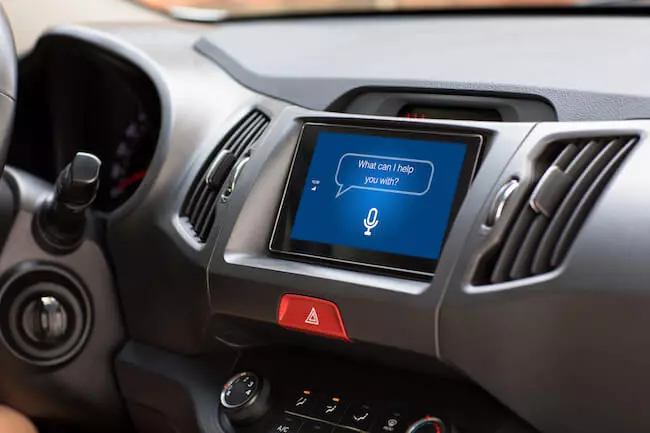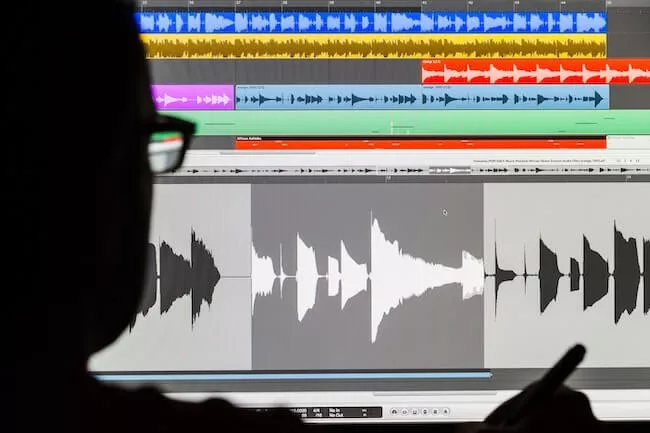 Often a key component of contract engineering is working with lower volume customers to balance their unique needs with many constraints. It takes creativity to leverage smaller non-recurring engineering (NRE) budgets to fill niche market opportunities.
Often a key component of contract engineering is working with lower volume customers to balance their unique needs with many constraints. It takes creativity to leverage smaller non-recurring engineering (NRE) budgets to fill niche market opportunities.
Our customer, Decatur Electronics, is a manufacturer of police radar, traffic safety equipment and speed measurement devices. An industry pioneer, Decatur has manufactured radar products incorporating cutting edge technology and a focus on innovation, reliability and low cost since 1955. In fact, they were the first company to commercialize radar for police speed detection, after the technology was introduced during World War II.
Multithreaded Video System Design
Decatur was looking to upgrade and modernize their radar product including adding a video system with GPS location, time stamp, security and safety features. Their requirements included addressing a smaller town market where the police and sheriff department have unique needs and limited budgets. These departments often lack IT support, resources and knowledge. Therefore, the video product needed to be easy to use and support. It needed to be designed as self-sufficient and not rely on sophisticated networks.
Cardinal Peak managed the product development including video system design, hardware and software. We worked with the customer to define requirements. These elements integrated with the cameras and customer’s existing radar subsystem.
Our team designed the primary electronics in the system and managed the design of the touchscreen display subsystem. We designed the video subsystems including video capture, compression, streaming and storage in a removable solid-state disk drive. We designed embedded software based on Ubuntu Linux running on an Intel single board computer. A back-office video management system offloads videos from police cars to store in a database and allow playback via the web.
With a self-sufficient, in-car video solution, police departments with minimal IT support now have powerful surveillance at their fingertips.
Product Engineered to Withstand Rough Automotive Conditions
The custom video solution included ruggedized electronics, built to withstand all the typical concerns of vehicles like shock absorption, vibration and price. The device was optimized for use in law enforcement automobiles. The system records video from both a forward-facing camera mounted by the rear-view mirror and a second camera in the back seat recording the suspect. If the system detects an accident or a speeding vehicle, the device automatically records, encoding GPS location, radar (speed), and a timestamp on the video. The system also maps the GPS data.
Embedded Video, Compression and Streaming
The system development involved a lot of complexity with video compression and streaming, embedded video and software. Video is recorded and transferred to the server using the H.264 compression standard. Significant effort was put into building a product for departments without IT support in order to minimize networking complexity during installation and operation.
Other key features of the product development include:
- Developed mechanical engineering concept and worked with mechanical engineering team on ruggedized enclosure and lockable, removable disk cartridge.
- Designed a custom power supply to operate off the vehicle’s power (battery and alternator).
- Ruggedized power supply to gracefully shut down system after vehicle power-loss (crash).
- Developed web app-based user interface on touch screen in-vehicle.
- Embedded Linux control software.
- Designed six printed circuit boards, up to 10 layers.
- Developed factory test hardware and software and worked with Singapore based contract manufacturer (CM) to bring-up manufacturing.
Regulatory Compliance and Role Based Access
A unique challenge included the additional constraints around chain of custody rules and regulations. To safeguard records, the system has different permissions at different user levels – officers, leads and captains. The chief or captain can access and search by officer names, case numbers and more, while individual officers can view their own videos and share with district attorneys for court.
The system uses Windows based archiving to align with the platforms already in use at most smaller police departments. Many security features were incorporated, including isolating the server from the main network.
The police departments can also set an expiration timeframe (e.g., six months) for automatic file handling to purge files unless they have been flagged for use in a court case. All active case files are flagged to ensure they are not deleted.
Cardinal Peak delivered the multithreaded video and radar system within budget. Key to the project success was assembling the right team and integrating the many different pieces of technology.



